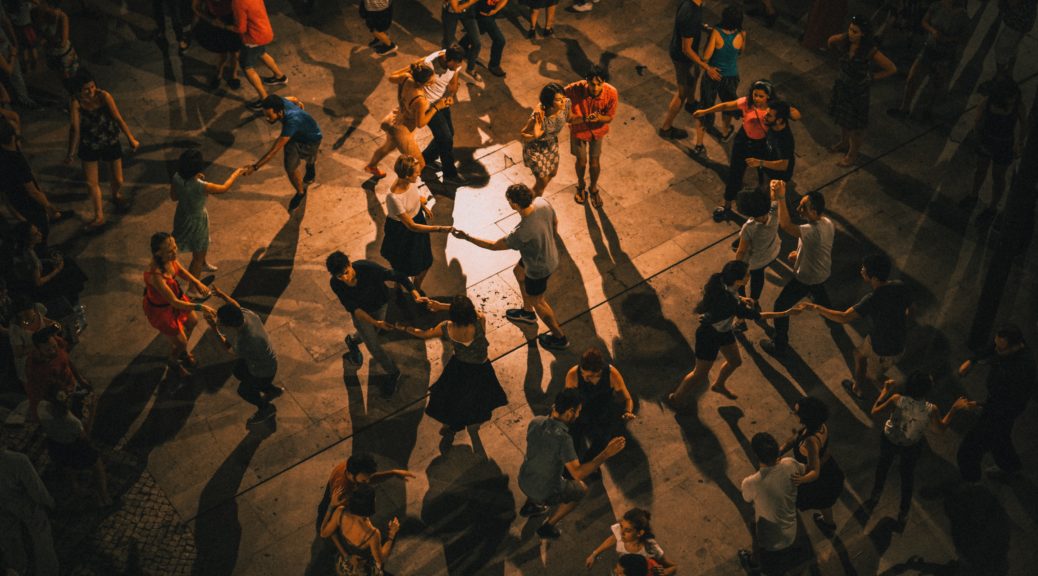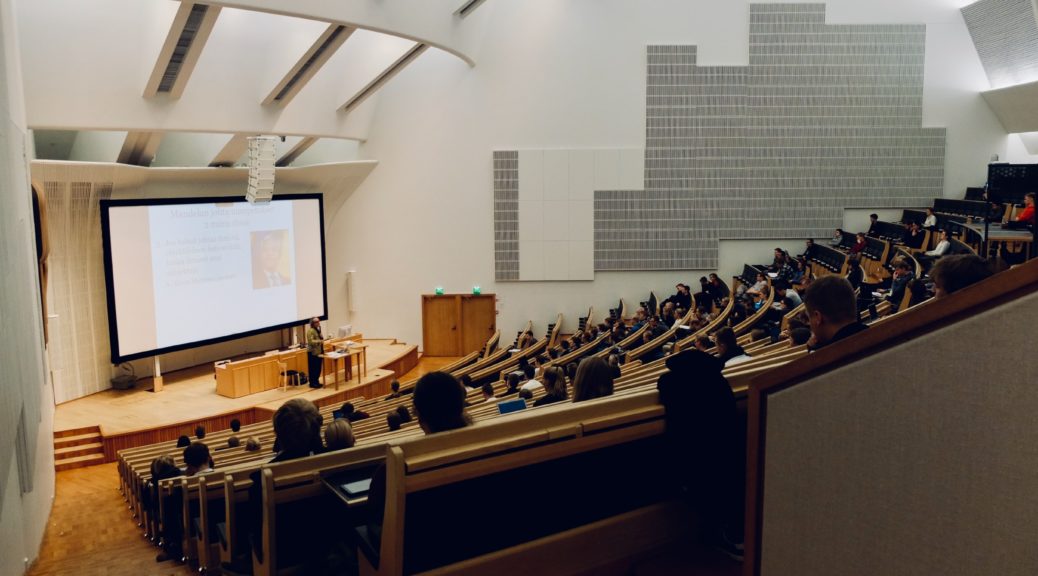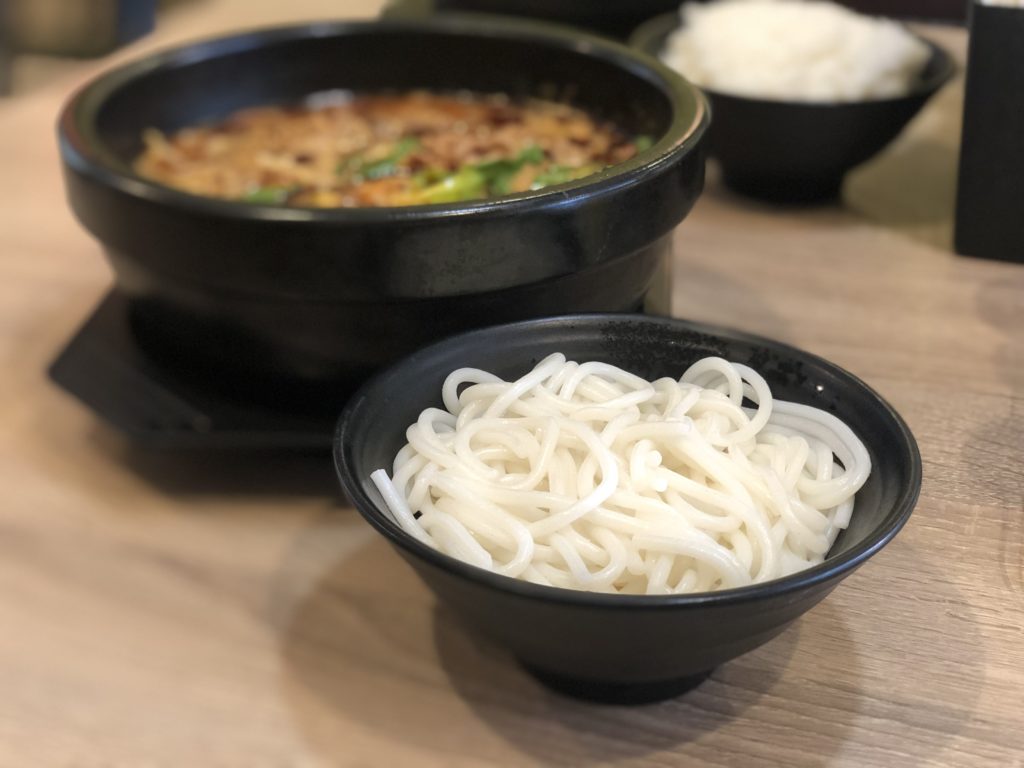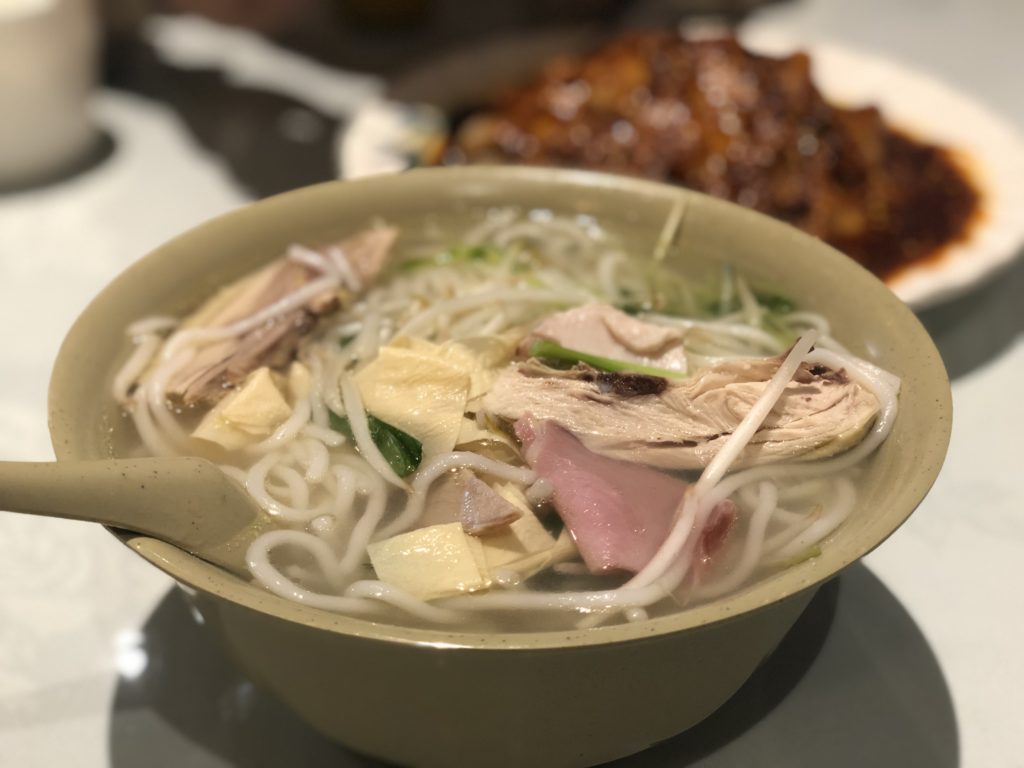By Richard Petrosyan
Edited by Natalie Grace Sipula
[3 minute read]
As a current senior at USC, I am nearing the end of a busy collegiate career as a pre-medical student in neuroscience. As such, I am beginning to reflect on what I’ve done throughout college not only to achieve my academic and extracurricular goals, but also to enjoy the journey. Even though much of my time has been devoted to my studies and extracurricular interests aligning with my intent to follow the pre-med track, I remember one of my most valuable experiences that allowed me to take a break from my routine. Recently, I took a class in Ballroom Dancing with the USC Kaufman School of Dance, an unforgettable semester-long experience that will stay with me beyond college. You might be wondering why this was such an impactful experience for me, so let’s take a trip down memory lane and delve into why I enjoyed this class so much and why you might want to consider taking this course.
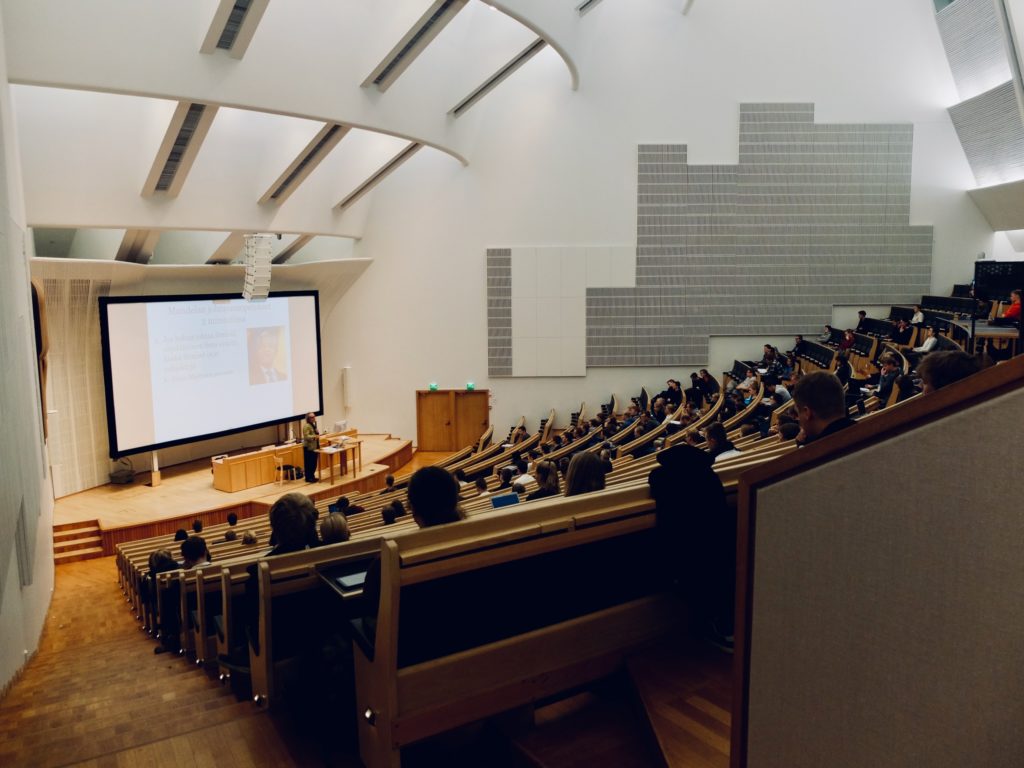
When I came to my first ballroom class, I had absolutely no experience with dancing. Sure, I had danced at parties and at home before, but ballroom dancing? To me, this was movie material, with attractive Hollywood actors dressed like there’s no tomorrow, moving about with grace and elegance. So needless to say, the bar was high. But what made it more challenging was that boys and girls had to partner with each other. The prospect of close contact with one another made us all shy at first, as none of us knew each other and ballroom dancing was uncharted territory for us. Fortunately, we had a remarkably warm and welcoming teacher who put us at ease through his humor and many activities encouraging us to get to know each other. We’d gather in circles and would regularly switch partners so as to feel comfortable working with everyone.
Teamwork was really important in this class. As we learned new dances, from the waltz to the tango, getting used to the moves demanded collaboration between students. The first step was to hear the teacher describe the moves, but it was easier to watch him perform them with the TA. It required a whole new level of understanding to repeat the moves on my own. Surprisingly, it felt particularly difficult to repeat my moves alone but easier to do it jointly with my partners. It was a bit like when math rules are easier to apply in calculations rather than to recite word for word. Mutual understanding between partners helped us make faster progress and, before we knew it, we were making each other spin, bend, dip, and jump at a head-spinning speed. Full choreographies were exhausting, but the endorphins and the mental satisfaction were worth it. As a group, upon attaining a certain level, we even acquired the taste of ballroom dancing so much that we’d organize to practice and have fun outside of class, which produced some memorable moments.


